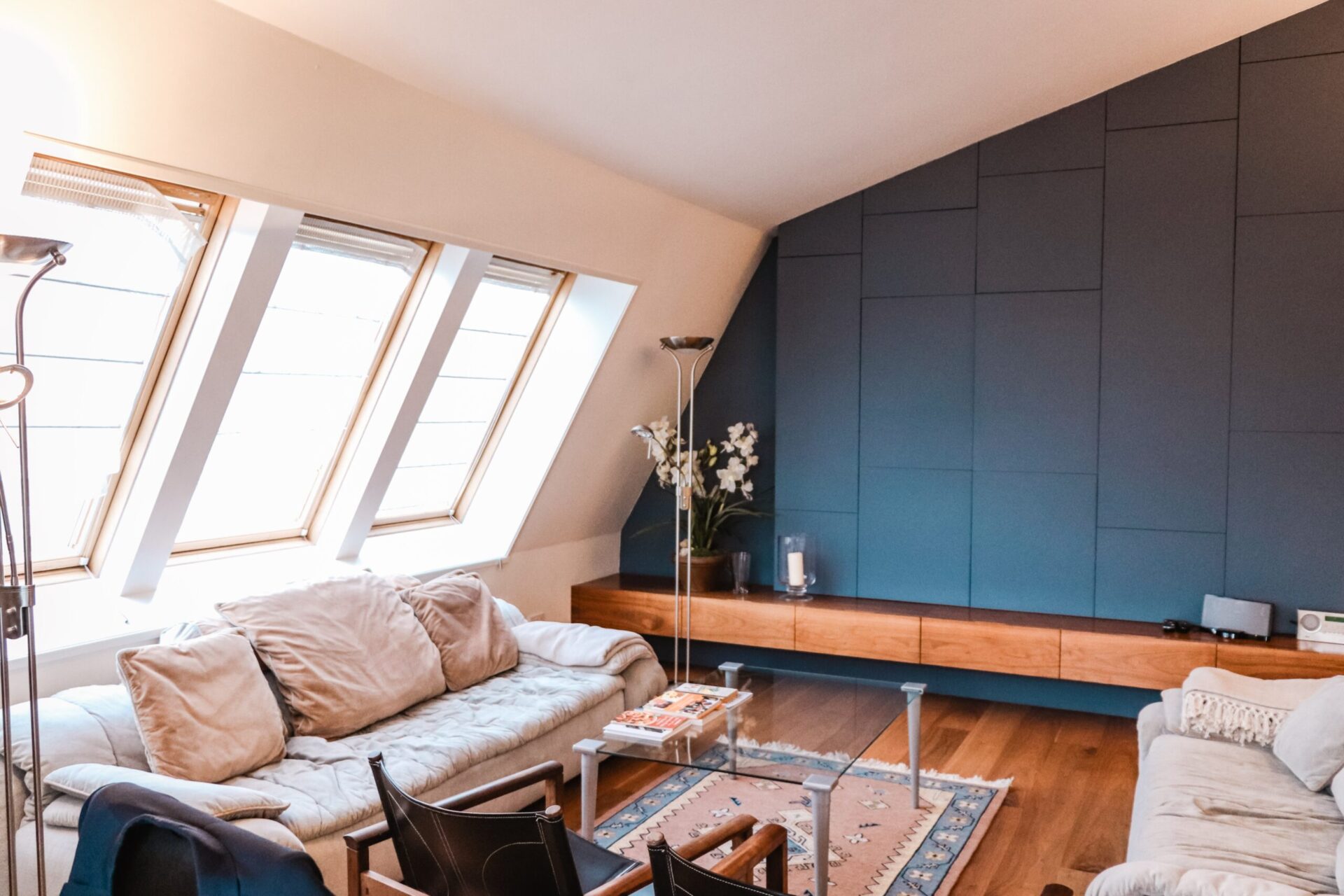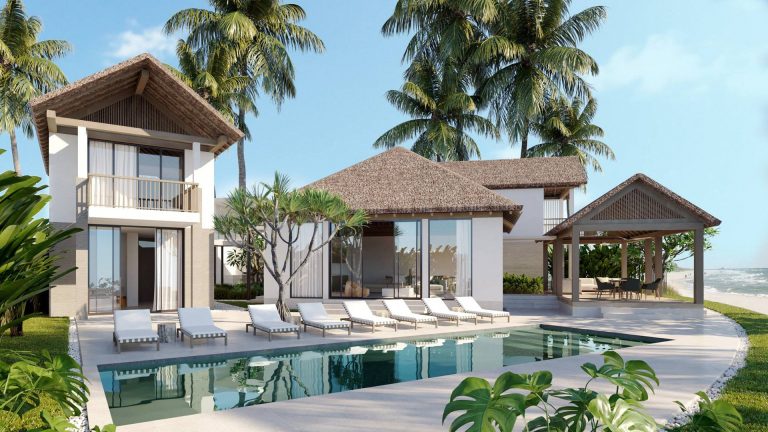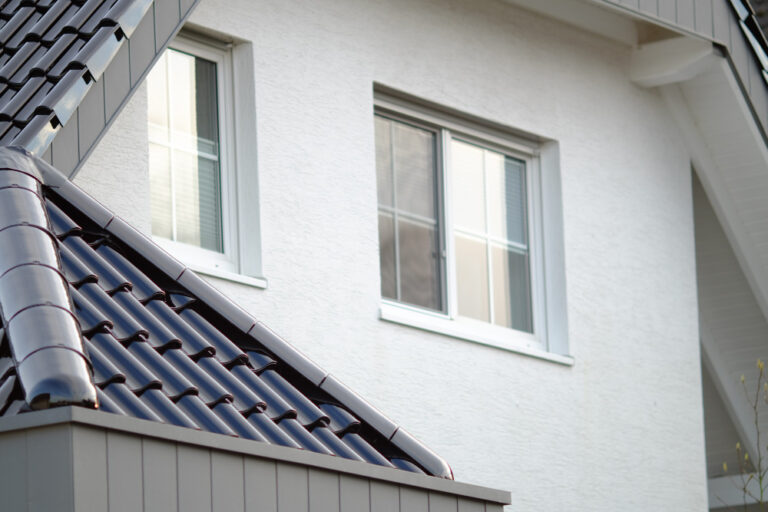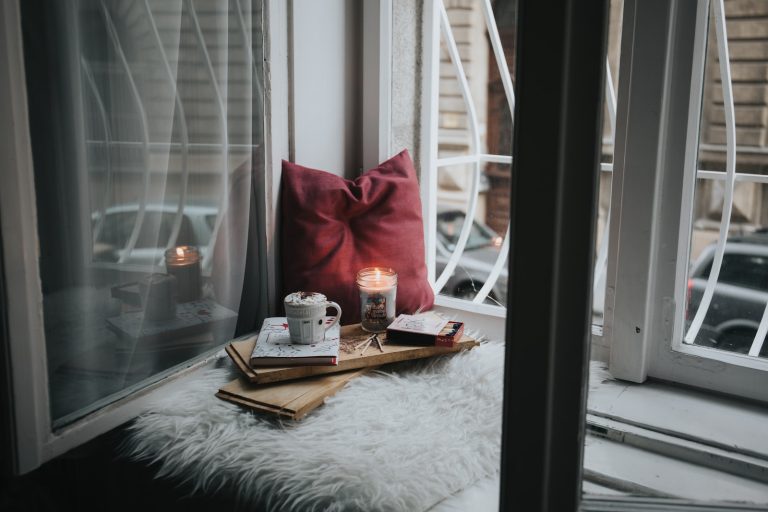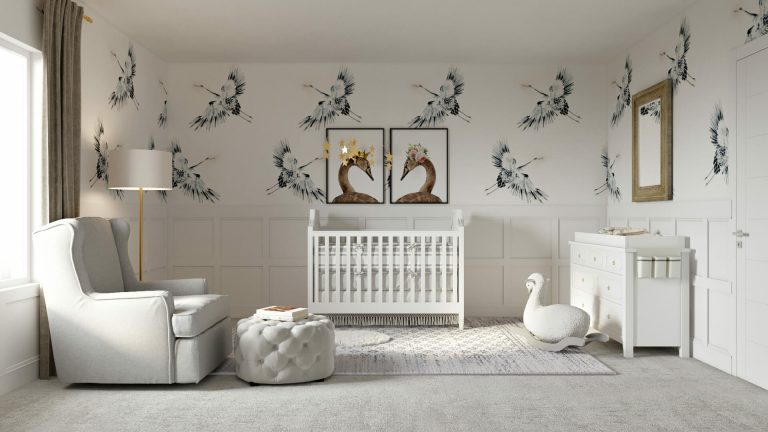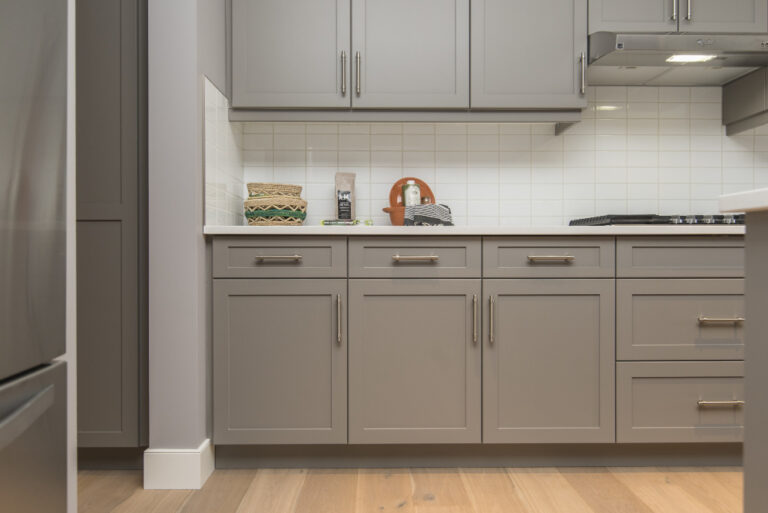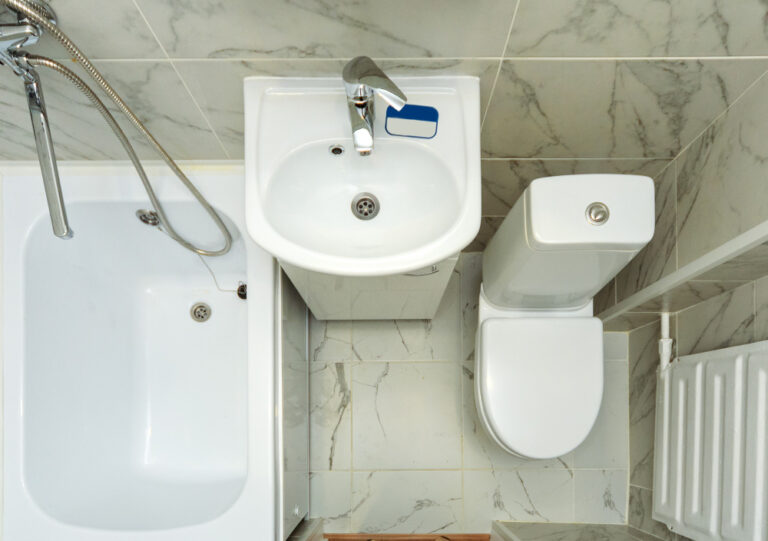Colour is a fantastic thing, as it can change any item or space completely (from a living room and cooking area to a room and garden terrace). This contributes to the fact that color psychology teaches us that color can likewise affect our moods, and ideas and a color scheme turn into one of the best components on the planets of architecture and interior design.
However, of course, there are likewise a million different ways to utilize color, depending on the style and ambiance you wish to produce in an area. And among the simplest ways in which to create a unified look is with a monochrome color scheme.
Yet before you starting thinking that grayscale indicates solely black-and-white designs, remember that monochrome color is one of the most often misunderstood terms in embellishing.
So, before we discover how to utilize a monochrome design successfully, let’s first find what it involves.
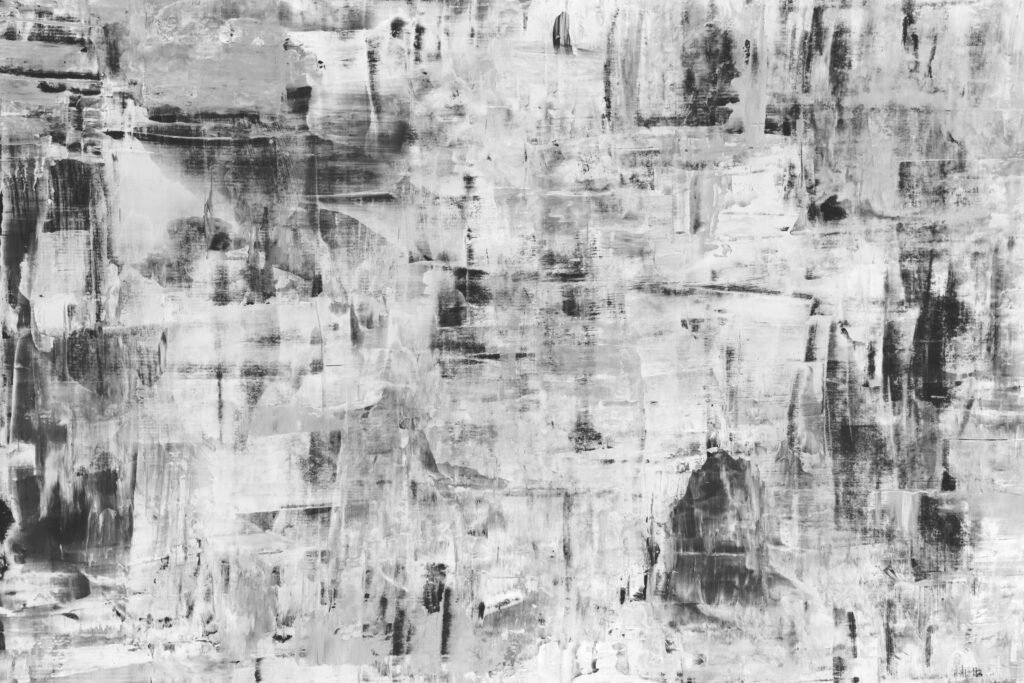
Table of Contents
1. What is a monochrome design?
When it pertains to interior designing, monochromatic does not mean just one color in one worth used throughout a room. Words ‘single’ might imply one color, yet it speaks about one color refined to be used in various methods in embellishing terms.
Any color under the sun can be used in a monochrome layout, yet one of the most prominent appears to be neutral tones.
2. Exactly how a single color scheme makes enhancing easy
So, if a single color combination uses only one color, how do we keep it from frustrating the whole space while still guaranteeing the interest rate? Using various hues/tints of that person’s color (which is additionally excellent for smaller-sized rooms, as it can make tiny areas seem larger).
When we vary our colors with lighter/darker tints, we prevent a bland appearance. However, the completion result needs to be visually well balanced and include a particular amount of texture/pattern. Texture adds a rate of interest to a room and can also be edited to seem light or dark. The most preferred ways to include surface to space are pillows, scatter pillows, carpets, and window treatment.
3. A monochrome style: Choose your colors
The initial step to a monochrome layout is selecting the colors that we’re mosting likely to utilize. It needs to be the same primary color (i.e., brown), yet the various other 2 ‘colors’ will be lighter/darker tones of the primary color. For instance, black, white, and grey are all the same color, yet in various colors.
Below is where a neutral scheme is a king. Whites, lotions, greys, browns, and blacks are all available in countless different colors, plus they each can stay ageless. While they easily incorporate colorful decor to develop a livelier room, single neutrals are also equally as quickly based on their own for a soothing, welcoming getaway.
If you need help tightening your alternatives, look at paint examples and swatches (that flaunt different lighter/darker hues of one primary color) for motivation.
4. A monochrome design: Add patterns and appearances
As already specified, practices and structures ensure an area’s personality and are also especially important to steer a monochromatic design far from seeming too tedious.
Picture a brown/beige monochrome design in a room with wooden floors. The rich, textured wood of the floor guarantees aesthetic interest while additionally adhering to the area’s primary palette. Adding even more structures and patterns to the space (i.e., a lovely rug in a mocha brown which flaunts chequered motifs) includes much more character yet maintains it accessible. Besides, a monochrome color palette is indicated to make an area appear stylish in a subtle way.
5. A monochrome style: Get creative with accent materials
Although most components in a monochromatic design should fit within the general scheme, no guidelines determine whatever needs to match. Accents and devices are chances to color outside the lines.
For example, a coffee table with a metal surface in a living room can make sure a little bit of contrast from, claim, the wooden credenza in the edge. As long as they are complementary in their color combinations (as well as include your base/primary color), your accents and devices don’t have to compare 100% in product or finish.
In the long run, avoid selecting an as well “tidy” appearance. Also, one of the most minimalist areas still flaunts some appearance and also pattern. And also, bear in mind to have fun– after all, interior decoration and embellishing is a continuous procedure!

